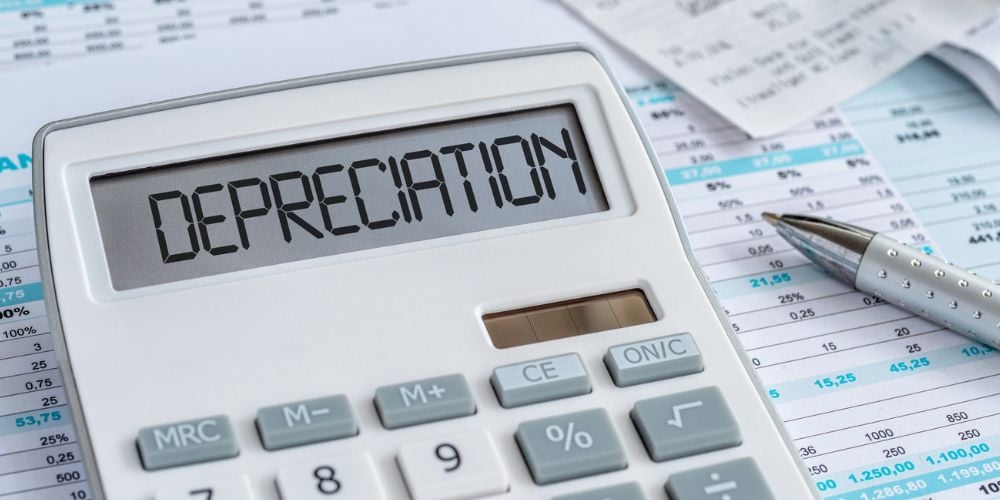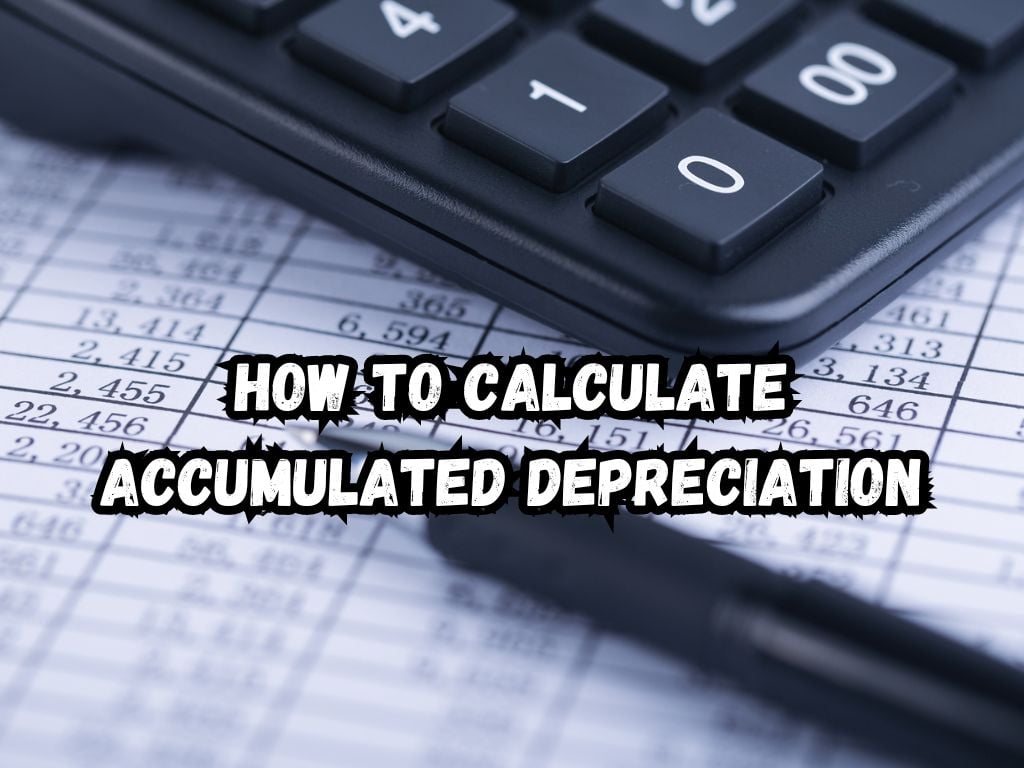Accumulated depreciation plays a crucial role in the world of business and finance. It represents the total value of an asset that has been consumed over a period.
This concept is not just a number on the balance sheet. It offers insights into how assets decrease in value. Understanding how to calculate accumulated depreciation can help businesses manage their assets wisely.
Understanding Depreciation
Depreciation is how the cost of an asset spreads out over its useful life. It’s a way to account for the wear and tear on assets.
There are several methods to calculate depreciation. Each has its use depending on the asset type and the financial strategy of the business.
Types of Depreciation Methods
The main methods to know include the straight-line, declining balance, double-declining balance, and units of production methods.
- Straight-Line Method: This is the simplest. It spreads the asset’s cost evenly over its life.
- Declining Balance Method: This method charges more depreciation in the early years of an asset’s life and less in the later years.
- Double-Declining Balance Method: A more accelerated depreciation method that doubles the rate used in the declining balance method.
- Units of Production Method: This links depreciation to the asset’s usage. More usage means more depreciation.

How to Calculate Accumulated Depreciation
Accumulated depreciation adds up all the depreciation from the time an asset was bought to the present date.
The basic formula is:
Accumulated Depreciation = (Cost of The Asset – Salvage Value) / Useful Life of The Asset
For each method, the calculation differs slightly. Let’s explore how to calculate it.
Factors Affecting Accumulated Depreciation
Three main factors influence accumulated depreciation.
- Asset’s Original Cost: This is the starting point. It’s how much the asset was bought for.
- Salvage Value: This is the estimated value of the asset at the end of its useful life.
- Useful Life of The Asset: This estimates how long the asset will be in use.
Recording Accumulated Depreciation
Accumulated depreciation appears on the balance sheet as a contra asset account. It reduces the total value of the asset account.
For journal entries, when depreciation expenses get recorded, the accumulated depreciation account increases. This reduces the value of assets on the balance sheet over time.
International Perspectives
Depreciation refers to the systematic allocation of the depreciable amount of an asset over its useful life.
While the fundamental concept of depreciation remains constant, the treatment of depreciation can vary depending on the accounting guidelines followed.
In this case, we are looking at the International Financial Reporting Standards (IFRS) and Generally Accepted Accounting Principles (GAAP) in the United States.

IFRS Depreciation
Under IFRS, which is issued by the International Accounting Standards Board (IASB) and used in many countries worldwide, depreciation begins when an asset is available for use.
The depreciation ends at the earlier of the date that the asset is classified as held for sale (or included in a disposal group that is classified as held for sale) and the date that the asset is derecognized.
IFRS also requires each part of an item of property, plant, and equipment with a cost that is significant in relation to the total cost of the item to be depreciated separately.
This usually applies to buildings and machinery where various components have differing useful lives.
U.S. GAAP Depreciation
On the other hand, U.S. GAAP, as defined by the Financial Accounting Standards Board (FASB), allows for the depreciation to begin when the asset is placed in service.
Additionally, GAAP does not encourage component depreciation, which is a significant difference compared to IFRS.
Instead, GAAP usually allows for depreciation over the useful life of the whole asset.
However, recently, updates to the U.S. GAAP have changed this, encouraging a method called the “asset group” approach. This method involves evaluating a group of assets collectively for impairment.
You may also want to read: 14 Assets That Appreciate in Value: A Guide to Growing Your Wealth
Key Differences between IFRS and U.S. GAAP
Under IFRS, the depreciable amount is the cost of an asset, or other amount substituted for cost, less its residual value while U.S. GAAP defines the depreciable amount as the cost of the asset.
The concept of depreciated cost does not exist under U.S. GAAP.
Furthermore, the IFRS allows revaluation of property, plant, and equipment to fair value, whereas U.S. GAAP generally requires these assets to be reported at cost less accumulated depreciation.
In conclusion, while both standards aim to reflect the economic realities of asset depreciation, IFRS approaches this by focusing on both the individual components of the asset and its potential market value while U.S. GAAP utilizes a more historical cost basis and group evaluation for asset impairment.
Deciding which standard to use depends largely on the jurisdiction of operation and the business’s specific circumstances.

Frequently Asked Questions
How to Calculate Accumulated Depreciation Without Salvage Value?
If there’s no salvage value, simply divide the cost of the asset by its useful life. This method is often used for assets with a short life span.
Can Accumulated Depreciation Exceed the Initial Cost?
No, accumulated depreciation cannot exceed an asset’s initial cost. Once an asset is fully depreciated, its accumulated depreciation equals its initial cost minus any salvage value.
What Happens When an Asset Is Fully Depreciated?
An asset that’s fully depreciated stays on the balance sheet. Its cost and accumulated depreciation remain, but it doesn’t contribute to net assets.
Conclusion
Accumulated depreciation is vital for accurate financial reporting and asset management. By understanding how to calculate it, businesses can make informed decisions.
They can plan for future investments and manage their resources efficiently. This guide provides the foundation. With practice, the calculation becomes a straightforward task.


 Tags:
Tags:










